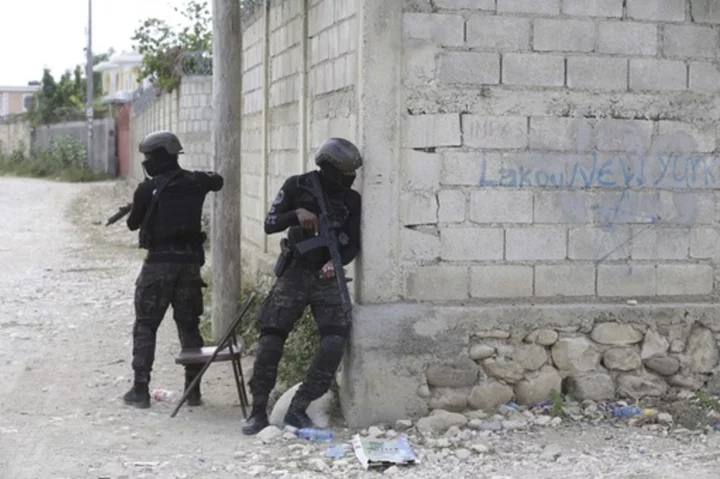
UN chief welcomes Kenya's offer to `positively consider' leading police force to combat Haiti gangs
The United Nations chief has welcomed Kenya’s offer to “positively consider” leading a multinational police force to help combat Haiti’s gangs and improve security in the violence-wracked Caribbean nation
2023-08-01 09:27
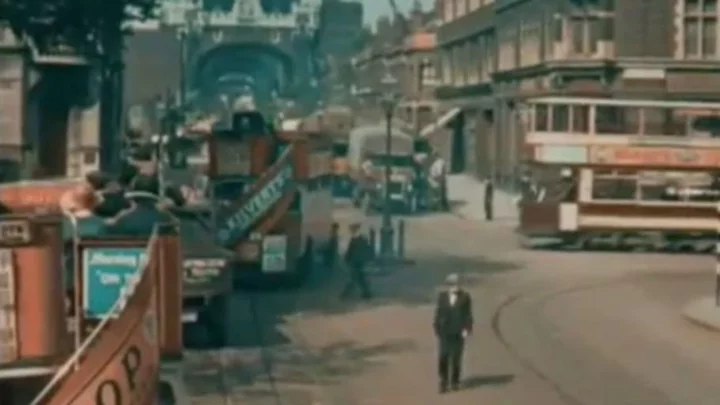
A Drive Around London in 1926
In 1926, British-born filmmaker Claude Friese-Greene filmed the streets of London in breathtaking color. But only recently has the British Film Institute released an extract of their restoration of Friese-Greene's footage.
2023-09-10 22:53
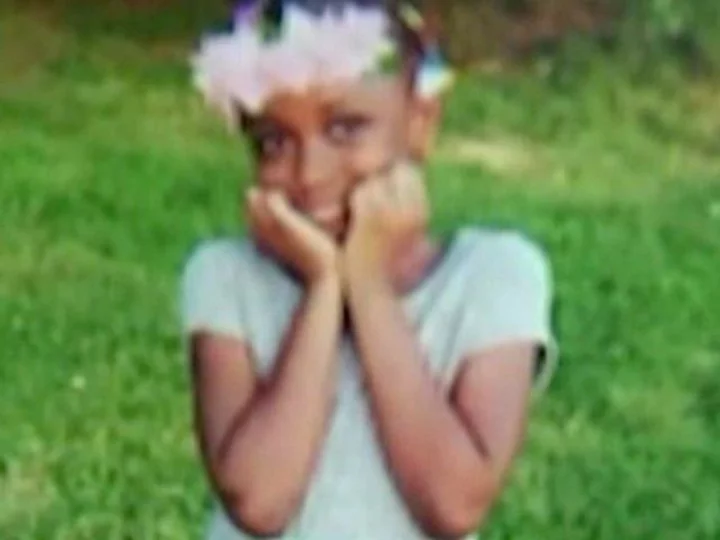
Family of 8-year-old girl fatally shot by Pennsylvania police reaches $11 million settlement
The family of an 8-year-old girl who was shot and killed by police gunfire near a Pennsylvania high school football game in 2021 has settled its lawsuit against a Philadelphia suburb, its police chief, and the three officers involved for $11 million.
2023-10-01 01:27

LTK UK Creators Unveil the Ultimate Christmas Gift Guide for 2023
LONDON--(BUSINESS WIRE)--Nov 21, 2023--
2023-11-21 17:21

Quick gets 60th shutout, Lafreniere scores as Rangers blank Penguins 1-0
Jonathan Quick made 32 saves for his 60th career shutout and Alexis Lafreniere scored early in the first period to give the New York Rangers a 1-0 victory over the Pittsburgh Penguins
2023-11-23 12:47
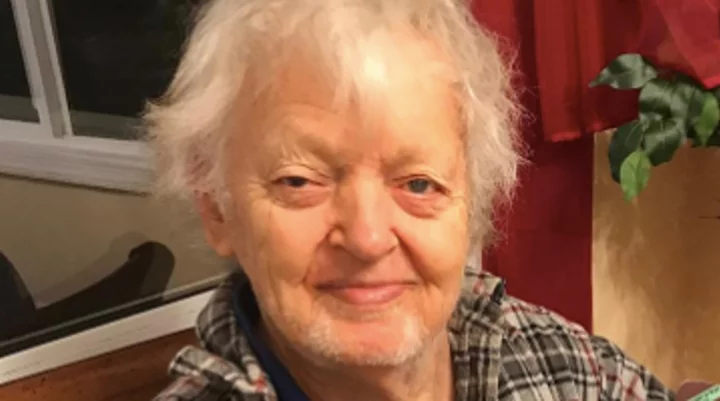
Grandad who broke the internet by mistaking paint for yoghurt dies
The grandad who became an instant meme after eating paint believing it was yoghurt had died at the age of 91. Bobby found himself at the centre of internet attention in 2019 after his granddaughter Alex posted a photo of him on X/Twitter with paint around his mouth and a tub of paint with a spoon sticking out of it. She explained he accidentally ate it thinking it was yoghurt. He quickly became known as the "paint-eating grandpa" with the photo becoming a popular internet meme and videos of his antics being shared across social media. Writing on Instagram, his granddaughter shared the news that Bobby has died at the age of 91. She shared: “Today would’ve been Bobby’s 92nd birthday. For those who don’t know, he passed away peacefully in his sleep this June. And though he’s missed tremendously, he really did live a long, happy, healthy & fulfilling life as a doctor, musician, father, and grandfather.” She continued: “He loved nothing more than to make people laugh, so having the internet as his audience truly meant the world to him. Huge thanks to everyone who’s supported Bobby boy over the years — I’m confident you guys will keep his legend alive.” In the comments, people remembered Bobby fondly and spoke about how seeing his pictures and videos online was a big part of their online childhood. One person said: “Happy birthday and rest in peace. I remember how much my sister and I laughed together years ago with the yoghurt paint accident bless his soul!!” Another added: “RIP Bobby the goat. Core memory of my teen years was watching the videos of him being posted, always made me laugh and smile.” How to join the indy100's free WhatsApp channel Sign up to our free indy100 weekly newsletter Have your say in our news democracy. Click the upvote icon at the top of the page to help raise this article through the indy100 rankings.
2023-11-09 23:52
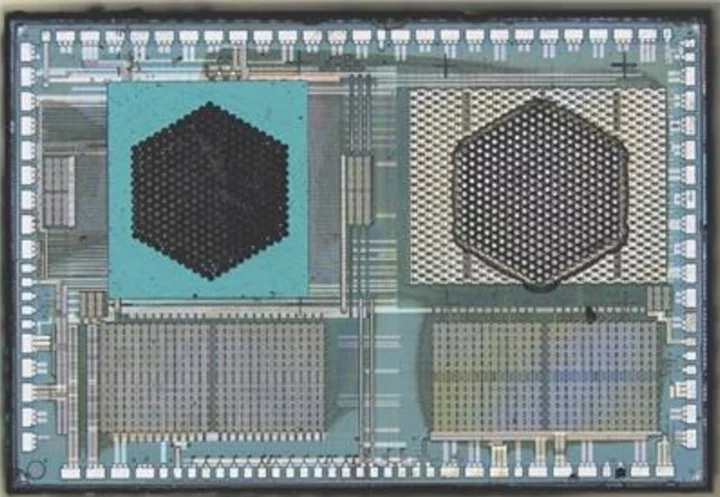
Avicena demonstrates first microLED based Transceiver IC in 16nm finFET CMOS for chip-to-chip communications at ECOC 2023
SUNNYVALE, Calif. & GLASGOW, Scotland--(BUSINESS WIRE)--Oct 2, 2023--
2023-10-02 13:26

15 Creative Examples of Fast Food Packaging (Both Real and Imagined)
Sometimes the packaging is even better than the food.
2023-09-10 22:50
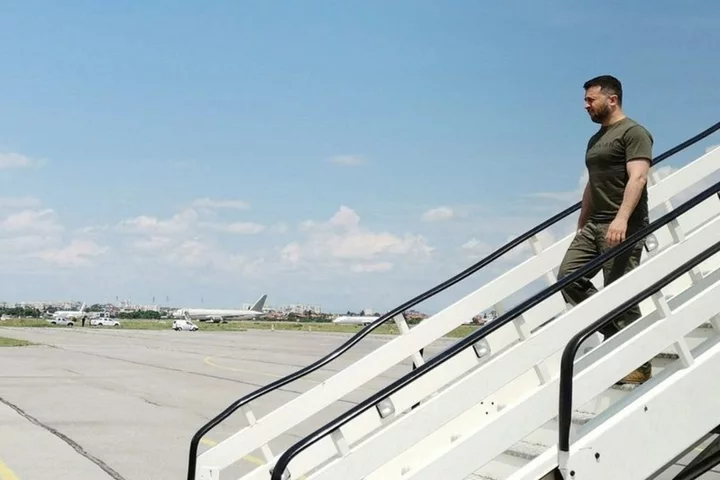
Ukraine's Zelenskiy arrives in Prague to rally support ahead of NATO summit
By Jason Hovet and Robert Muller PRAGUE (Reuters) -Ukrainian President Volodymyr Zelenskiy landed in the Czech capital Prague on Thursday
2023-07-07 02:19
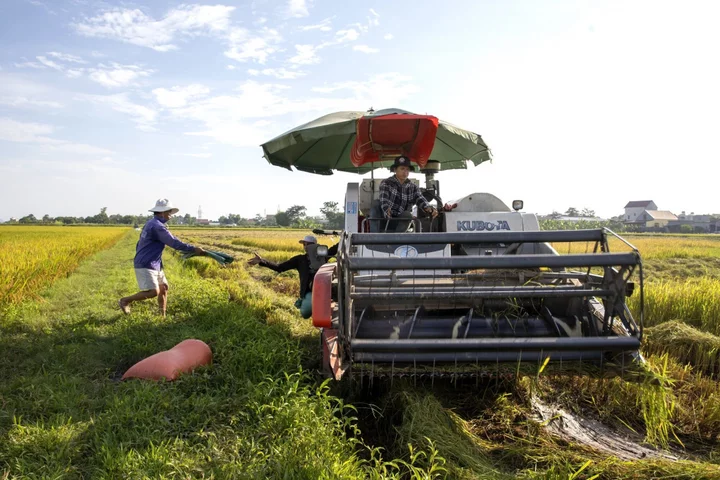
Vietnam Orders Food Security to Be Ensured, Rice Supply Boosted
Prime Minister Pham Minh Chinh has ordered the government to ensure national food security under all circumstances, while
2023-08-06 18:16
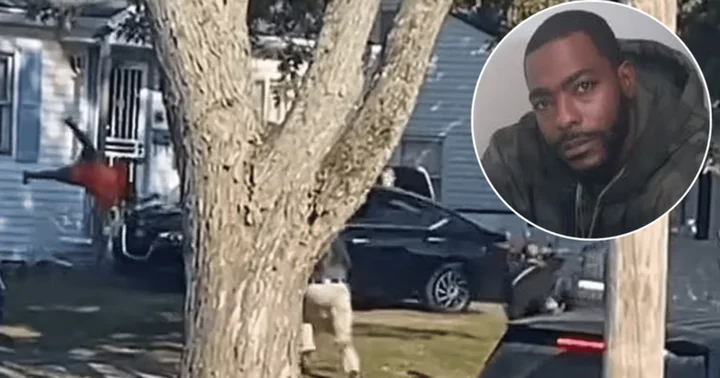
JaJuan Burley: Indiana man runs over his mother during high-speed police pursuit
Footage shows the moment Burley stormed out of the car before he was tasered by police and arrested
2023-09-23 17:22

No tax cuts yet, UK finance minister tells Conservatives
By Elizabeth Piper and Alistair Smout MANCHESTER, England (Reuters) -British finance minister Jeremy Hunt poured cold water on growing calls
2023-10-02 15:58
You Might Like...

Is Camila Cabello dating Rauw Alejandro? Truth behind romance rumors amid Puerto Rican star's split with Rosalia
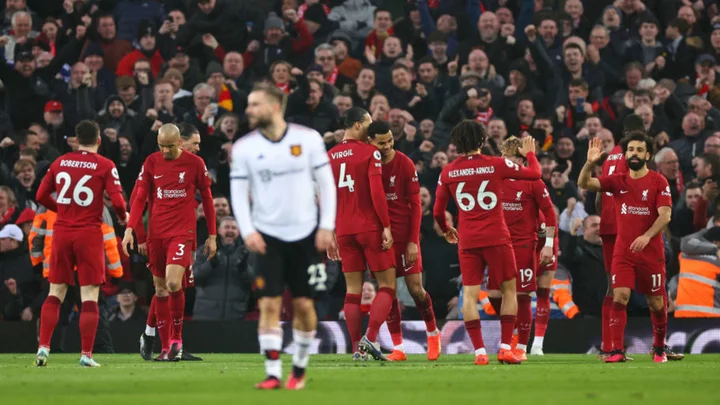
When do Man Utd and Liverpool play each other in 2023/24?
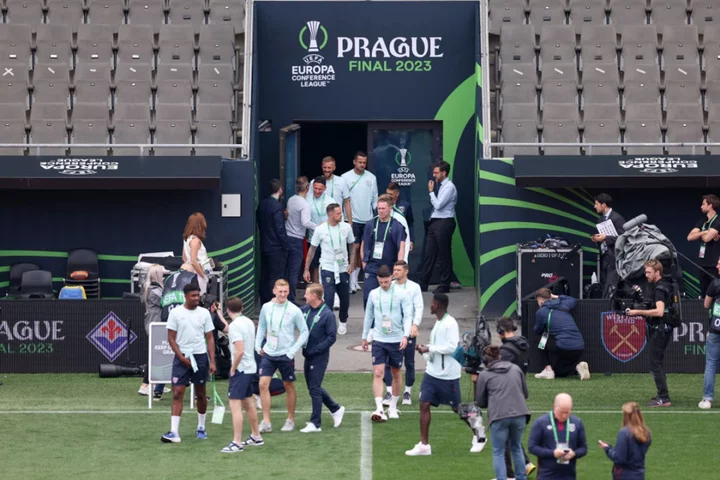
West Ham vs Fiorentina LIVE: Europa Conference League final team news and more as fans fight in Prague
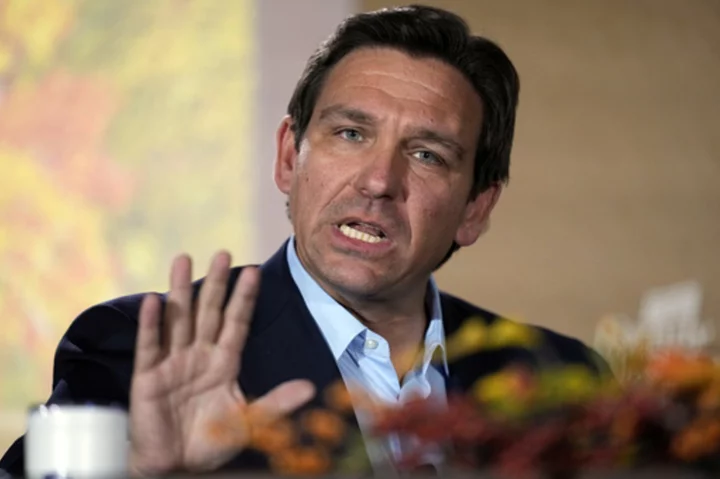
DeSantis won't condemn Musk for endorsing an antisemitic post. 'I did not see the comment,' he says
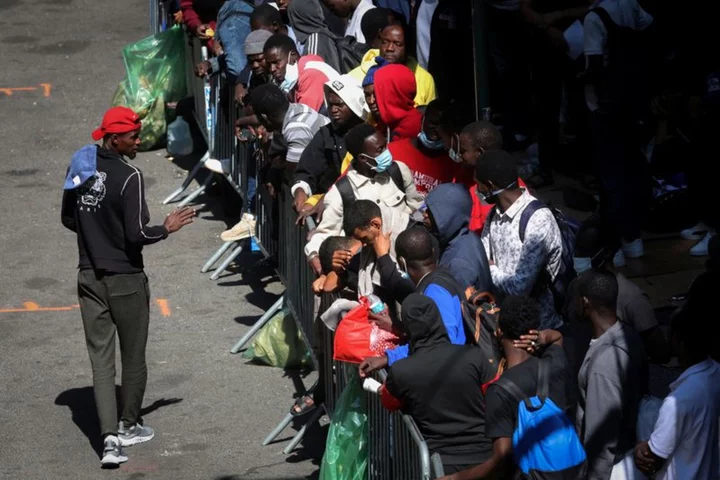
New York's governor meets White House officials on migrant crisis
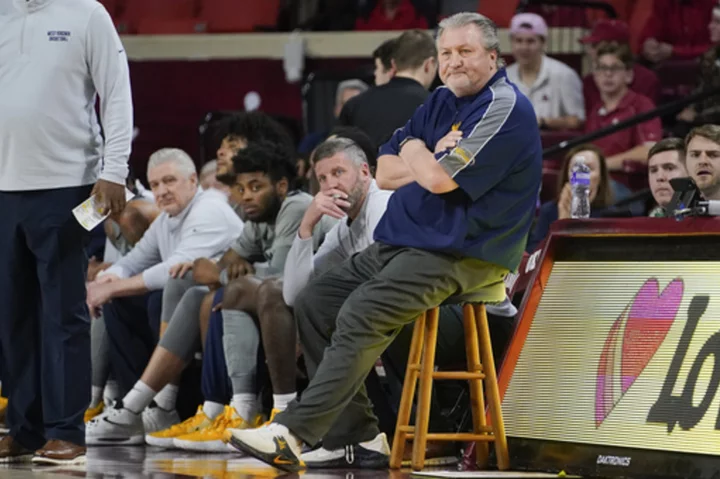
Assistant Josh Eilert picked as interim coach at West Virginia, replacing Hall of Famer Bob Huggins

Venus Williams handed Wimbledon wild card
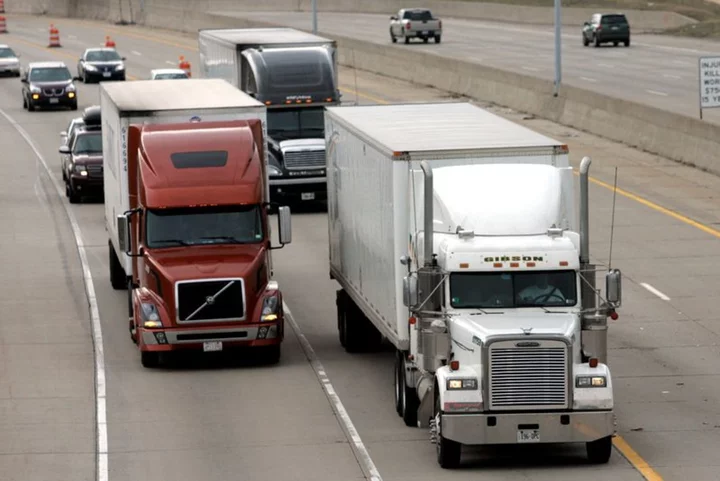
U.S. House votes to overturn heavy duty truck emissions rules
